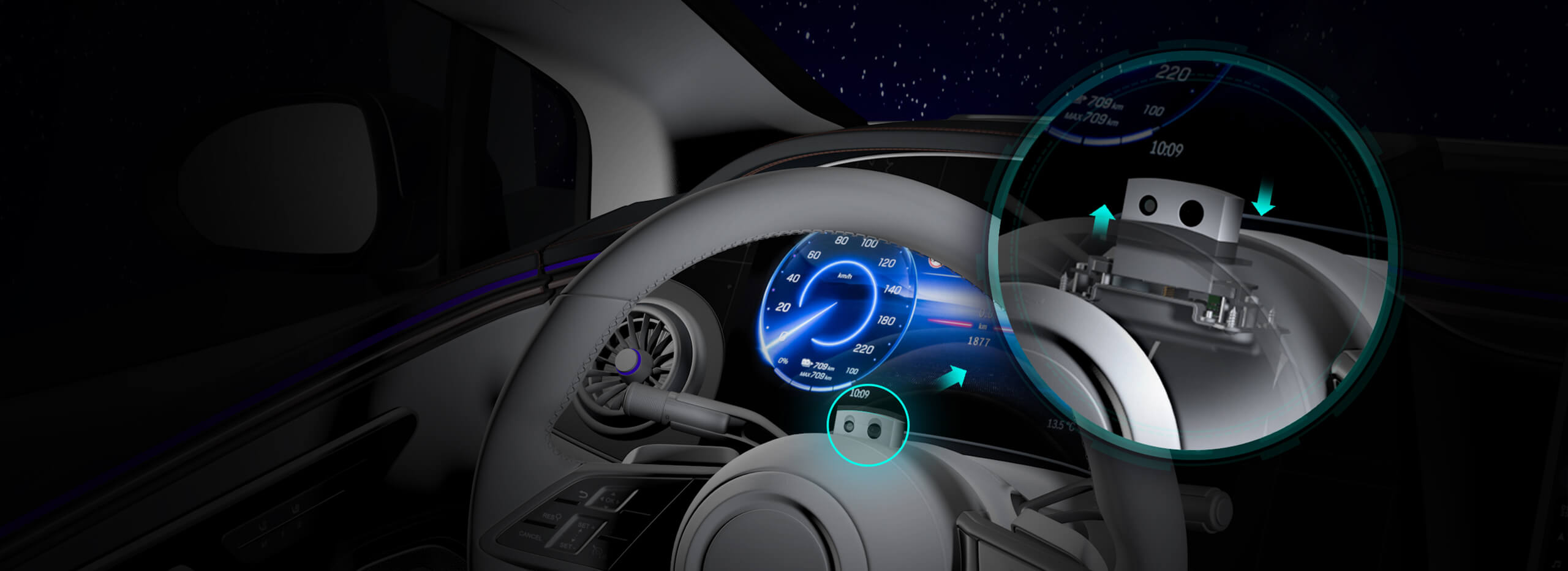part 1:
Unlocking Robotics: A Complete Guide to Connecting a Servo Motor to Arduino
When stepping into the world of robotics and automation, one of the fundamental components you'll encounter is the servo motor. Renowned for their precision and ease of control, servo motors serve as critical actuators in everything from robotic arms to remote-controlled cars. But the question that often halts beginners is: how do you connect and control a servo motor with an Arduino?

Understanding Servo Motors
Before diving into wiring and code, it’s important to grasp what a servo motor is. Unlike typical DC motors that spin continuously, a servo motor is a closed-loop feedback device that can rotate to a specified position within its range, usually 0 to 180 degrees. It contains a small motor, gear train, potentiometer (for position feedback), and a control circuit.
This combination allows precise control over the motor's angle. Because of their versatility and simplicity, servo motors have become a staple in DIY robotics, hobby projects, and even advanced automation.
Components Needed
To connect a servo motor to your Arduino, gather these essentials:
Arduino board (Uno, Mega, Nano, etc.) Servo motor (commonly SG90 or MG995) Power supply (if your servo motor requires more current than the Arduino can provide) Jumper wires Breadboard (optional, but helpful) Resistors (if needed for your specific setup)
Choosing the Right Servo Motor
Select a servo motor based on your project’s requirements. For lightweight tasks, a small servo like SG90 suffices. For heavier loads or demanding applications, consider more robust models like MG995 or HS-322.
Wiring the Servo to Arduino
Now, let’s walk through the actual connection process. Severe mistakes during wiring can damage your components, so pay close attention.
Identify the Pins on the Servo Motor
Most servo motors have three wires:
Power (usually red) Ground (usually black or brown) Signal (usually white, yellow, or orange) Connect Power and Ground Connect the red wire to the Arduino's 5V pin (or external power supply’s positive terminal if your servo demands more power). Connect the black/brown wire to GND (ground) on the Arduino.
Note: If you are using a high-torque servo or multiple servos, powering through the Arduino's 5V might be insufficient and potentially unstable. In such cases, use an external power supply, ensuring the grounds are shared.
Connect the Signal Wire Connect the signal wire to a digital PWM-capable pin on Arduino, often pin 9 or 10. Ground Reference Confirm that the Arduino GND and the external power supply ground (if used) are connected together to establish a common reference point.
Power considerations
Servo motors can draw significant current, especially under load. If you power the servo directly from the Arduino’s 5V, it might cause voltage drops or resets. Using a dedicated power supply, such as a 5V regulated power adapter capable of delivering enough current (typically 1A or more for multiple servos), is recommended.
Basic Testing Using Arduino IDE
Once wired, test your setup with a simple sketch. The Arduino IDE has a built-in library called Servo.h which simplifies control.
Sample code snippet:
#include Servo myServo; void setup() { myServo.attach(9); // Attach the servo to pin 9 } void loop() { myServo.write(0); // Move to 0 degrees delay(1000); myServo.write(90); // Move to 90 degrees delay(1000); myServo.write(180); // Move to 180 degrees delay(1000); }
Upload this code and observe your servo's movement. Adjust the angles and timing as necessary to customize your project.
Troubleshooting Common Wiring Problems
The servo isn't moving at all: Check connections, especially power and ground. Verify the power supply is functioning. The servo jitters or vibrates: This may indicate insufficient power or signal interference. The servo moves erratically: Confirm your code and wiring are correct, and that the signal pin is PWM-capable.
Safety and Precautions
Avoid exceeding the voltage or current specifications of your servo motor. Never force the servo beyond its physical limits. Use a common ground when connecting multiple power sources to prevent voltage differences causing erratic behavior.
That’s the initial foundation for connecting a servo motor to Arduino. Once the hardware is correctly wired, you’ll be ready to write code for precise control, as we’ll explore in the next part.
Kpower has delivered professional drive system solutions to over 500 enterprise clients globally with products covering various fields such as Smart Home Systems, Automatic Electronics, Robotics, Precision Agriculture, Drones, and Industrial Automation.




































